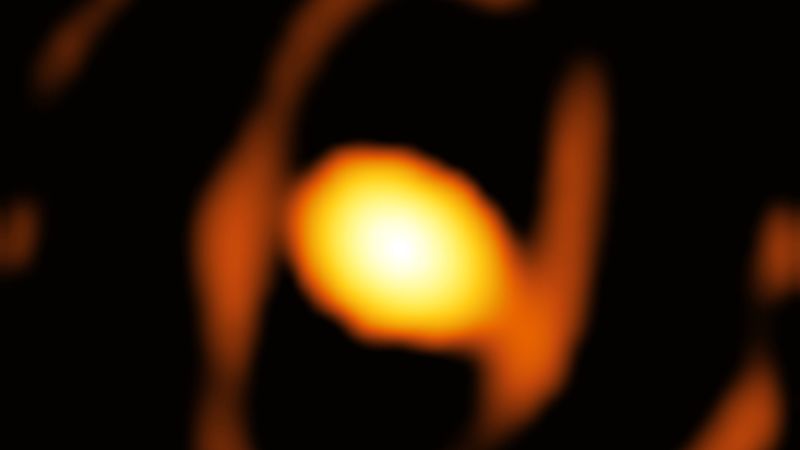
Aerodynamic Braking
Aerodynamic braking is a technique used to slow down or stop a spacecraft by using the drag force generated by the atmosphere of a planet or moon. This technique is commonly used during planetary missions to reduce the velocity of the spacecraft and allow it to enter orbit or land on the surface. Aerodynamic braking is achieved by orienting the spacecraft in a way that maximizes the drag force, typically by using heat shields or other specialized surfaces. The amount of drag force generated depends on the density and composition of the atmosphere, as well as the velocity and shape of the spacecraft. Aerodynamic braking is a critical component of many space missions, as it allows for precise targeting and maneuvering of spacecraft in the harsh environment of space.
Your Previous Searches
Random Picks
- Propellant Gas: Propellant gas is a type of gas that is used to provide thrust to a spacecraft or rocket. It is typically stored in tanks on the spacecraft and expelled through a nozzle to create a reaction force that propels the spacecraft forward. The ch ... Read More >>
- Neutral Beam Injection: Neutral Beam Injection (NBI) is a method of heating and controlling plasma in fusion devices. It involves injecting high-energy neutral particles into the plasma, which then ionize and transfer their energy to the plasma particles through c ... Read More >>
- Hydrosphere: In space and astronautical engineering, the hydrosphere refers to the water component of the Earth's system, including all forms of water on or near the Earth's surface, such as oceans, lakes, rivers, groundwater, and atmospheric water vapo ... Read More >>
Top News

Archaeologists discover 4,000-year-old canals used to fish by predecessors of an...
Using drones and Google Earth imagery, archaeologists have discovered a 4,000-year-old network of earthen canals in what’s now Belize...
News Source: ABC News on 2024-11-22

First close-up image of a star beyond our galaxy may reveal impending supernova...
Astronomers have taken the first close-up image of a star beyond our galaxy, and it’s a “monster star” surrounded by a cocoon as it slowly dies....
News Source: CNN on 2024-11-21

Bestselling author explains the science of happiness: "You can do the work"...
Bestselling author and Harvard professor Arthur Brooks opens up about how enjoyment, satisfaction and meaning in life can increase a person's wellbeing....
News Source: CBS News on 2024-11-18

November's full moon, known as the Beaver Moon, is the last supermoon of 2024. H...
November's full moon, known as the Beaver Moon, is the last supermoon of 2024. Here's when it peaks and why it's called the Beaver Moon....
News Source: CBS News on 2024-11-15

You can't put a price on the sense of awe particle physics inspires...
Astronomy and particle physics are no longer seen as vital by the US establishment, so funding has fallen. But our work creates a sense of wonder, and wonder matters, says Chanda Prescod-Weinstein...
News Source: New Scientist on 2024-11-13